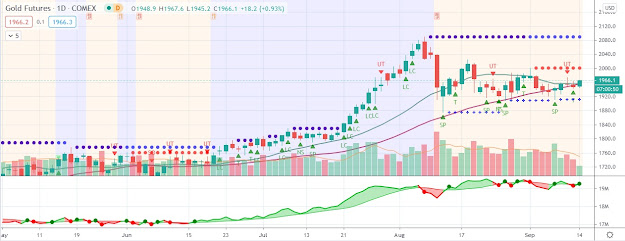Slowing physical gold demand not a real concern
have turned net sellers. This lack of physical demand partly explains the inability of gold to make a sustained move beyond the $1,730 level.
The lacklustre interest in physical gold can partly be explained by the absence of Far East participants away for the lunar New Year celebrations (China, Singapore, Malaysia and Indonesia). However, as we move into next week it is important to consider the other factors that are currently weighing on physical demand for gold and whether these factors might evaporate when the Far East returns to the market.
One of these factors has been increasing scrap scales, especially out of South East Asia. However, compared to historical levels, these sales are not substantial and we don’t expect them to be a significant drag on prices over the coming week. Secondly, while Indian physical buying had been picking up momentum as a) the rupee appreciated over the past few weeks, and b) we move into Indian wedding season, the recent rally in prices might dampen enthusiasm. Again, we don’t view this as a serious threat to gold in the short term. The market already appears to be comfortable with the fact that Indian gold demand will not provide the support that is has in previous years, mostly, as a result of a weaker rupee and higher interest rates.
Consequently, we feel that weaker Indian demand is already largely discounted in current prices. So while slowing physical demand might provide some resistance during price rallies, we do not feel that it would be the cause of prices moving significantly lower. Investor enthusiasm, spurred by the US real interest rate falling to new lows according to US government inflationlinked bonds (off the back of the Fed’s assurances that it expects to maintain accommodative monetarily policy until the end of 2014), should keep gold prices buoyant.
Although, while the improvements in market positioning over the past few weeks (before this week’s rally) have been encouraging, their tentative nature indicates a speculative market that remains not entirely convinced of gold’s shortterm prospects. So as we move into next week, we expect the recent euphoria to subside and some profit taking to kick in.



Comments
Post a Comment